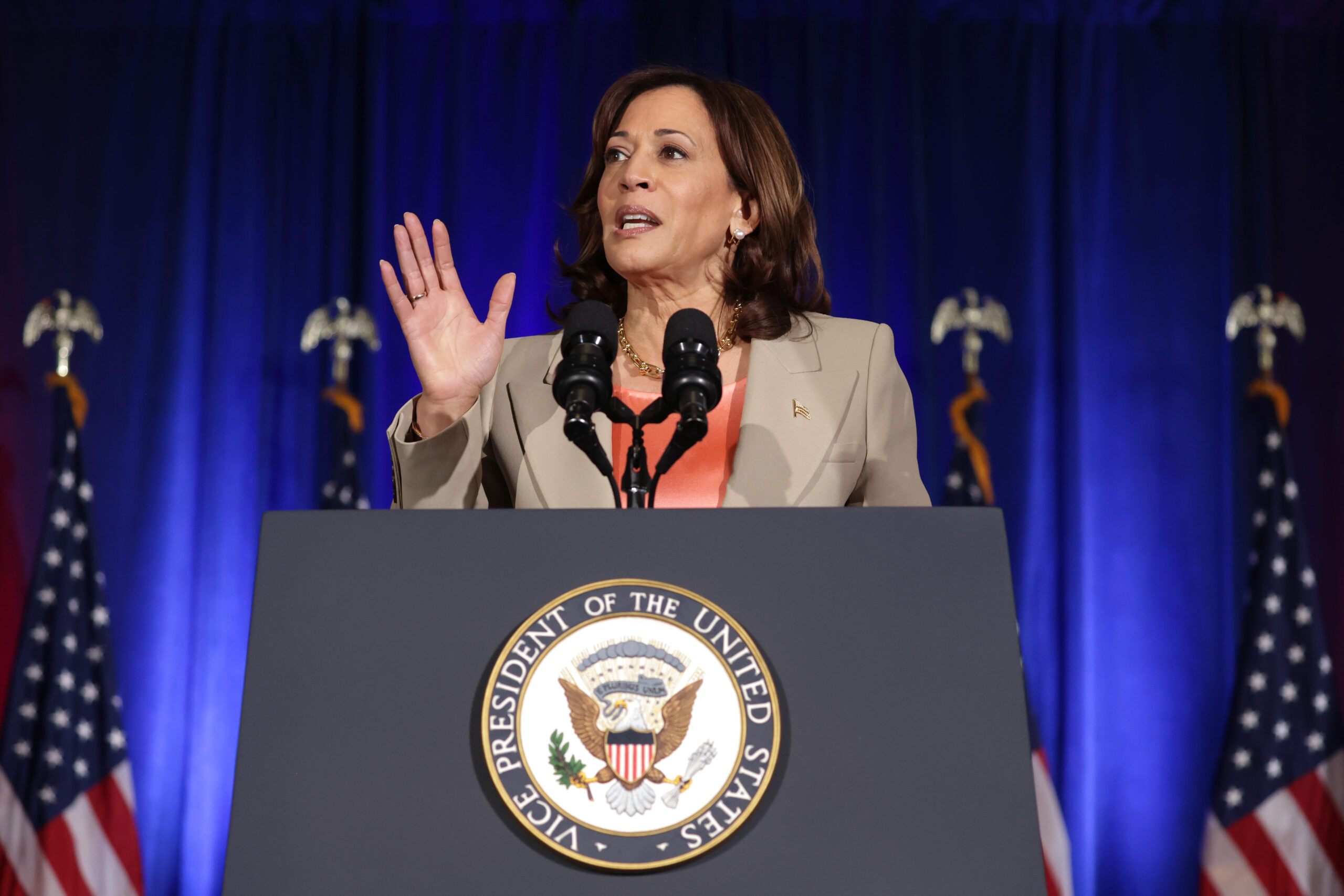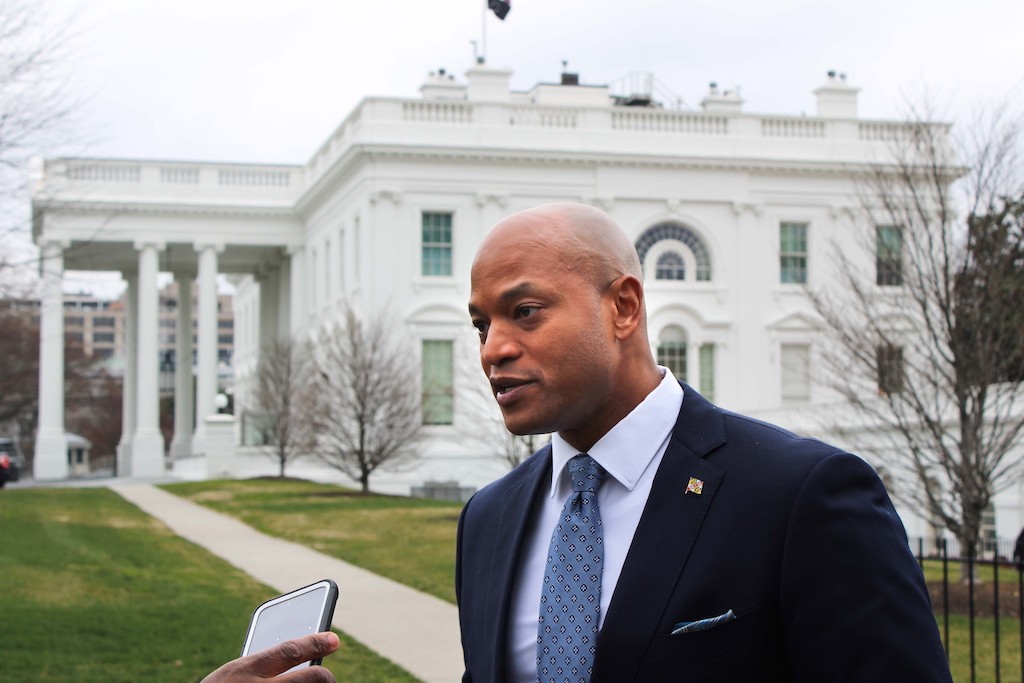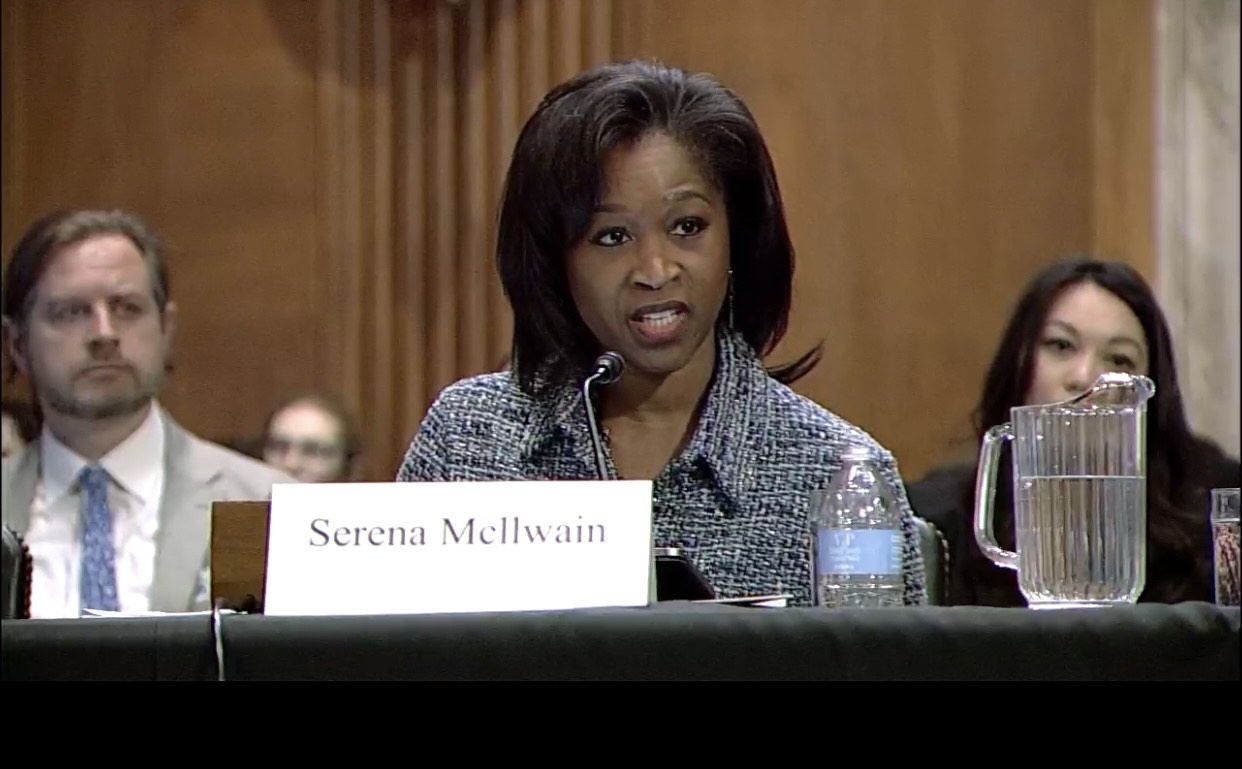Biden administration unveils new wage rule for federal construction projects

Construction workers who work on federal projects are poised to receive better wages and worker protections under a Department of Labor rule touted by Vice President Kamala Harris on Tuesday.
Speaking at a union hall in Philadelphia, Harris praised the Biden administration’s economic agenda and pointed out that the new rule would be the first update in more than 40 years to the Davis-Bacon Act, which requires paying prevailing wages on public works projects. The Reagan administration changed the definition of prevailing wages in 1983.
“Let’s agree these workers deserve our recognition and appreciation and they deserve something more,” Harris said. “They deserve a raise. … Many workers are paid much less than they deserve, much less than the value of their work … in some cases by thousands of dollars a year, and that is wrong and completely unacceptable.”
The final rule transforms how prevailing wages, or the hourly rate of wages paid to workers in a given area, are calculated. It would tie wages to the wage paid to at least 30% of workers. The current standard for prevailing wages, set 40 years ago, is 50%. The Biden administration said this will help ensure workers’ prevailing wages aren’t dragged down by employers who pay low wages.
The regulation also makes it easier for the agency to withhold funds from contractors to ensure workers are paid properly and protects workers from employer retaliation, Biden administration officials have said.
The rule will be effective in about two months and would affect an estimated 1.2 million workers.
Harris praised the work of union leaders during her speech. She called Sean McGarvey, president of North America’s Building Trades Unions (NABTU), who was present at the speech, “a partner,” and thanked Jimmy Williams, the general president of the International Union of Painters and Allied Trades.
After the speech, she planned to tour Interstate 95. In June, part of I-95 collapsed when a gasoline tanker exploded, and the man driving the vehicle died. Harris applauded the swift rebuild of the section, which took only 12 days. The rebuilding effort received federal funding.
Sharita Gruberg, vice president for economic justice at the National Partnership for Women and Families, said that the original formula for wage standards was supposed to make sure that federal contracts are paying workers a competitive wage but the Reagan administration’s changes in the 1980s weakened the rules.
“There’s just been all of these artificial barriers constructed since the ’80s that weaken this really strong rule that’s supposed to protect the local economy and protect workers,” Gruberg said. She added that the idea was “to make sure that these local economies are not subject to a large influx of federal dollars going to construction companies that are paying less than market rate and creating a race to the bottom.”
The administration is prioritizing these changes after it has invested billions in manufacturing facilities and repairing roads through the CHIPS and Science Act and the Infrastructure Investment and Jobs Act. Gruberg said the administration is trying to make the most out of those investments by making these reforms.
“There’s two paths here,” she said. “One, we update these rules and make sure that these investments are reaching their full potential for communities, or we don’t and lose workers a lot of money.”
Progressive think tanks have argued that such changes will make it easier for workers to receive higher pay and better benefits. In its comment on the proposed rule in May 2022, the Economic Policy Institute said research has established that prevailing wage laws increase worker pay, help more workers get pension plans, and improve workers’ health care coverage as well as make the construction industry more equitable for women and workers of color.
The Laborers’ International Union of North America also supports the change and said it will protect many LIUNA members.
“With massive investments in infrastructure through the Bipartisan Infrastructure Law, the CHIPS and Science Act, and the Inflation Reduction Act creating hundreds of thousands of new jobs with prevailing wage rules, construction workers across the nation will benefit from the strengthened wage floor,” LIUNA stated.
There is still opposition to the rule from the Associated Builders and Contractors, a non-union trade group, which has said it will take legal action in response to the rule. The trade association said there’s no timeline yet for when they will bring a lawsuit.
Ben Brubeck, vice president of regulatory, labor, and state affairs at the Associated Builders and Contractors, called the rule a “handout to organized labor on the backs of taxpayers, small businesses and the free market” and said the regulation is “unnecessary, costly and burdensome.”




 Creative Commons Attribution
Creative Commons Attribution